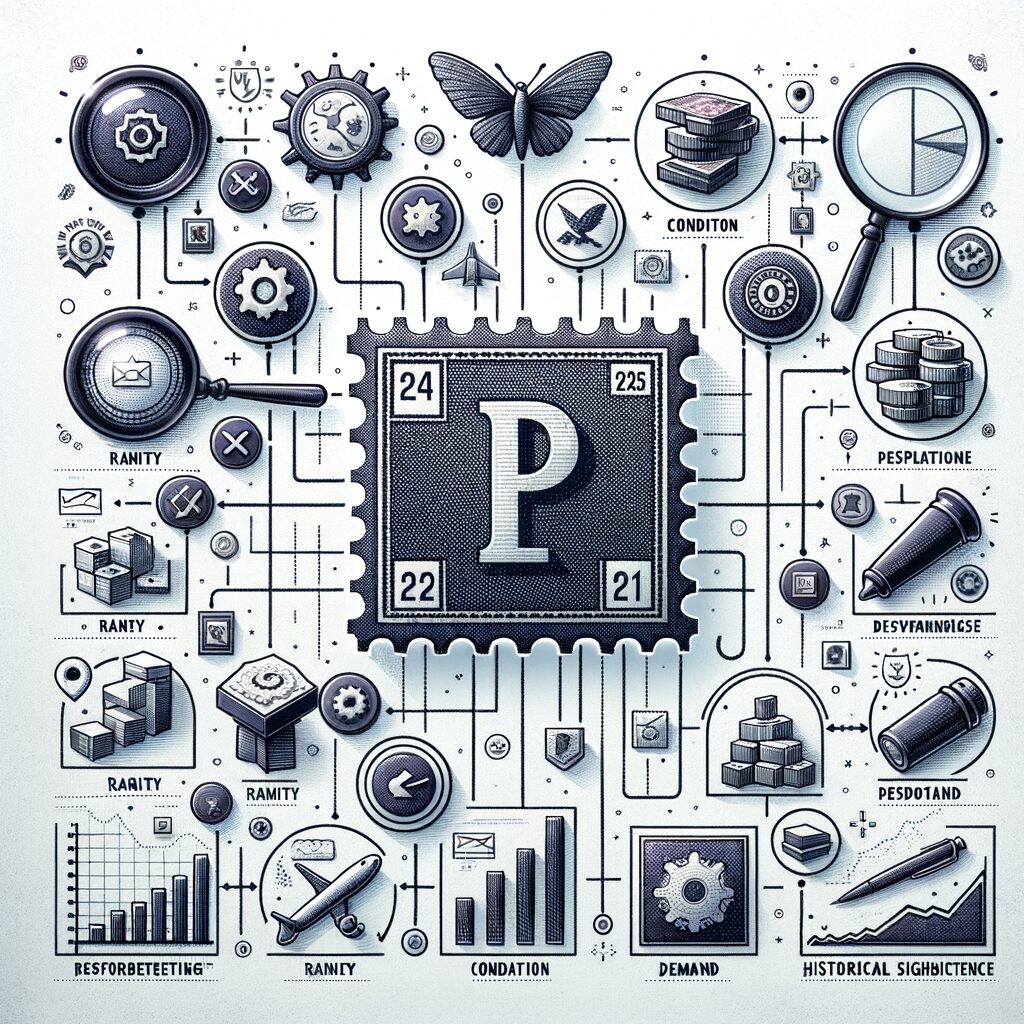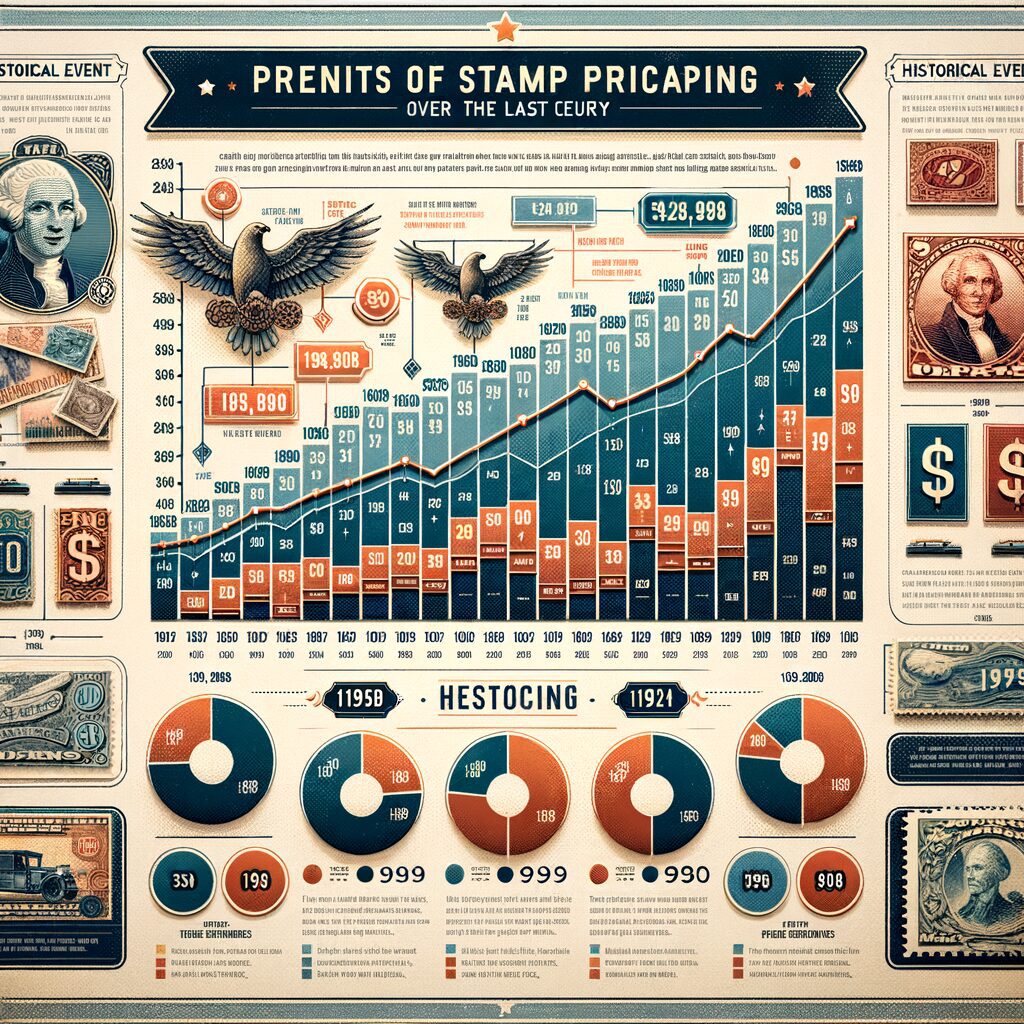How Much Does A Book Of Stamps Cost?

2025 Book Of Stamps Cost: $14.60 USD
Postal stamps serve as proof of payment for mail services. They are adhesive labels affixed to envelopes or packages. Each stamp indicates that the sender has paid the necessary postage fee. Stamps are essential for the functioning of postal systems worldwide. They ensure that mail reaches its intended destination efficiently. The book of stamps cost is a key consideration for frequent mail users.
How Many Stamps Are In A Book?
A book of stamps typically contains 20 stamps, although there are certain commemorative issues that come in various quantities such as 16 and 12. This format offers convenience and ease of use for individuals and businesses.
Stamps play a crucial role in the postal system. They provide a reliable method for funding mail delivery services. The revenue generated from stamp sales supports postal operations. This includes transportation, sorting, and delivery of mail. Stamps also serve as a form of communication and expression. They often feature cultural, historical, and national symbols. This makes them valuable to collectors and philatelists.
A book of stamps cost is influenced by various factors. These include production costs, postal service policies, and economic conditions. Understanding the history and purpose of stamps provides insight into their pricing. Stamps are more than just a means of payment for postage. They represent a rich history and cultural significance.
Book Of Stamps Cost Explained

A standard book of stamps typically contains 20 stamps. These stamps are often organized in sheets or booklets. The design and theme of the stamps can vary. Each stamp in the book is valid for mailing a standard letter.
The price of a book is calculated by multiplying the cost of a single stamp by the number of stamps. This pricing structure provides convenience for frequent mail users. It allows them to purchase multiple stamps at once, ensuring they are always prepared for mailing needs.
Factors Influencing the Cost of Stamps
Several factors influence the book of stamps cost. Production costs play a significant role in determining prices. These costs include materials, printing, and distribution expenses. Labor costs associated with design and production also impact pricing. Additionally, inflation affects the overall cost of stamps. As the cost of living rises, postal services may adjust stamp prices accordingly.
Government policies and regulations can also influence stamp pricing. Postal services must comply with these regulations, which can affect operational costs. Changes in fuel prices and transportation costs can lead to price adjustments. These factors collectively contribute to the pricing of stamps.
Pricing Based on Stamp Type and Design
Stamp prices can vary based on type and design. Commemorative stamps often have unique designs and limited availability. These stamps may be priced higher due to their special features. Forever stamps are another category with distinct pricing. They are designed to retain their value despite future price changes. This feature makes them a popular choice for consumers.
The design and theme of stamps can also influence their cost. Stamps featuring intricate artwork or special printing techniques may be priced higher. Collectors often seek out these unique designs, adding to their value. Seasonal or holiday-themed stamps may also have different pricing. These variations reflect the diverse range of stamps available to consumers.
Economic and Market Influences

Economic conditions significantly impact stamp pricing. Inflation and economic downturns can lead to price adjustments. Postal services must balance operational costs with consumer affordability. Market demand also plays a role in determining prices. High demand for certain stamp types can influence pricing strategies. Postal services may introduce promotional pricing to attract customers.
These promotions can include discounts or special offers on stamp purchases. The competitive landscape of postal services can also affect pricing. Private courier services may influence postal pricing strategies. Postal services must remain competitive while ensuring quality service. These economic and market influences shape the pricing structure of stamps.
Understanding the current pricing structure of stamps is essential. It provides insight into the factors that determine stamp costs. The pricing of stamps is influenced by production, economic, and market factors. Variations in stamp type and design contribute to diverse pricing options. These elements collectively shape the landscape of stamp pricing.
Impact of Inflation on Stamp Prices
Inflation plays a crucial role in determining stamp prices. As inflation rises, the cost of goods and services increases. This economic condition affects the operational costs of postal services. Consequently, postal services may adjust stamp prices to cover these increased costs.
A book of stamps cost is directly influenced by inflationary trends. Postal services must ensure that stamp prices remain affordable for consumers. Balancing operational costs with consumer affordability is a constant challenge. Inflationary pressures necessitate periodic reviews of stamp pricing structures.
Government Regulations and Policies
Government regulations significantly impact stamp pricing. Postal services operate under specific legal frameworks and guidelines. These regulations ensure that postal services maintain quality and efficiency. Compliance with government policies can affect operational costs.
Changes in postal regulations may lead to adjustments in stamp prices. For instance, environmental regulations may require changes in production processes. Such changes can increase production costs, influencing stamp prices. Postal services must navigate these regulations while ensuring service quality.
International comparisons provide valuable insights into stamp pricing. Different countries have varying postal service structures and pricing models. Factors such as economic conditions and government policies influence these models. Comparing international stamp prices highlights these differences. Some countries may have lower stamp prices due to subsidized postal services. Others may have higher prices due to economic conditions or service quality.
A book of stamps cost can be compared with international counterparts. Such comparisons offer perspectives on pricing strategies and consumer affordability. They also highlight the competitive landscape of global postal services.
Where to Purchase a Book of Stamps

Stamps are widely available through various purchasing channels. Post offices remain the primary source for purchasing stamps. They offer a range of stamp types and designs to meet consumer needs. Retail outlets, such as grocery stores and pharmacies, also sell stamps. These locations provide convenience for consumers who need stamps quickly.
Additionally, stamps can be purchased at automated postal kiosks. These kiosks are often located in shopping centers and transportation hubs. They offer a self-service option for purchasing stamps at any time.
The rise of e-commerce has transformed stamp purchasing options. Consumers can now buy stamps online through postal service websites. Online purchasing offers convenience and accessibility for consumers. It allows them to order stamps from the comfort of their homes. Postal services often provide delivery options for online stamp purchases.
This eliminates the need for consumers to visit physical locations. In-store purchasing remains popular for those who prefer immediate access. Consumers can choose between online and in-store options based on their preferences. Each option offers distinct advantages in terms of convenience and accessibility.
Bulk Purchasing Options
Postal services often provide discounts for bulk stamp purchases. These discounts make it more economical for frequent mail users. Bulk purchasing options are available both online and in-store. Consumers can purchase larger quantities of stamps at reduced prices. This option is particularly beneficial for businesses and organizations.
Seasonal promotions and special offers may also be available. These promotions provide additional savings for consumers. Postal services may introduce limited-time offers to attract customers. Consumers should explore these options to maximize their purchasing power.
The Collectibility Factor
Specialty and commemorative stamps are available through select channels. These stamps often feature unique designs and limited editions. Postal services release them to commemorate significant events or anniversaries. Consumers can purchase these stamps at post offices or online.
Collectors often seek out these stamps due to their unique features. Availability may be limited, making them highly sought after. Postal services may offer pre-orders for upcoming releases. This ensures that consumers can secure these stamps before they sell out. Specialty stamps add diversity to the range of available stamp options.
Future Trends in Stamp Pricing

The future of stamp pricing is influenced by several factors. Economic conditions and inflation will continue to play a significant role. Postal services may need to adjust prices to cover rising operational costs. Technological advancements in production could also impact pricing. Innovations may lead to more efficient production processes, potentially reducing costs. However, increased demand for unique designs may drive prices higher. Postal services must balance affordability with operational sustainability.
Digital communication has significantly impacted traditional mail services. The rise of email and instant messaging has reduced the demand for physical mail. This shift has implications for stamp sales and pricing strategies. Postal services must adapt to changing communication preferences. Despite this, certain sectors still rely on traditional mail. Legal documents and official correspondence often require physical delivery. Postal services may focus on enhancing the value of stamps to retain relevance.
Other Potential Impacts
Innovations in stamp design continue to shape the market. Advances in printing technology allow for more intricate and vibrant designs. These innovations can enhance the appeal of stamps to collectors and consumers. However, they may also increase production costs.
Postal services must consider these factors when setting prices. The introduction of augmented reality features in stamps is an emerging trend. Such features add interactive elements, increasing consumer engagement. Postal services may explore partnerships with artists and designers. This collaboration can lead to unique and limited-edition releases.
Environmental concerns are increasingly influencing postal operations. Sustainable practices in stamp production are becoming more important. Postal services are exploring eco-friendly materials and processes. These initiatives aim to reduce the environmental impact of stamp production. The shift towards sustainability may affect production costs.
However, it aligns with broader environmental goals and consumer expectations. A book of stamps cost may incorporate these sustainable practices. Consumers are increasingly valuing environmentally responsible products. Postal services must balance sustainability with cost-effectiveness.
Consumer Preferences
Consumer preferences are continually evolving in the postal sector. There is a growing interest in personalized and customizable stamps. Postal services may offer options for consumers to create custom designs. This trend reflects the desire for unique and personal expressions. A book of stamps cost may vary based on customization options.
Consumers may be willing to pay a premium for personalized stamps. Understanding these preferences helps postal services tailor their offerings. Adapting to these changes ensures that stamps remain relevant and appealing. The future of stamp pricing will be shaped by these consumer-driven trends.